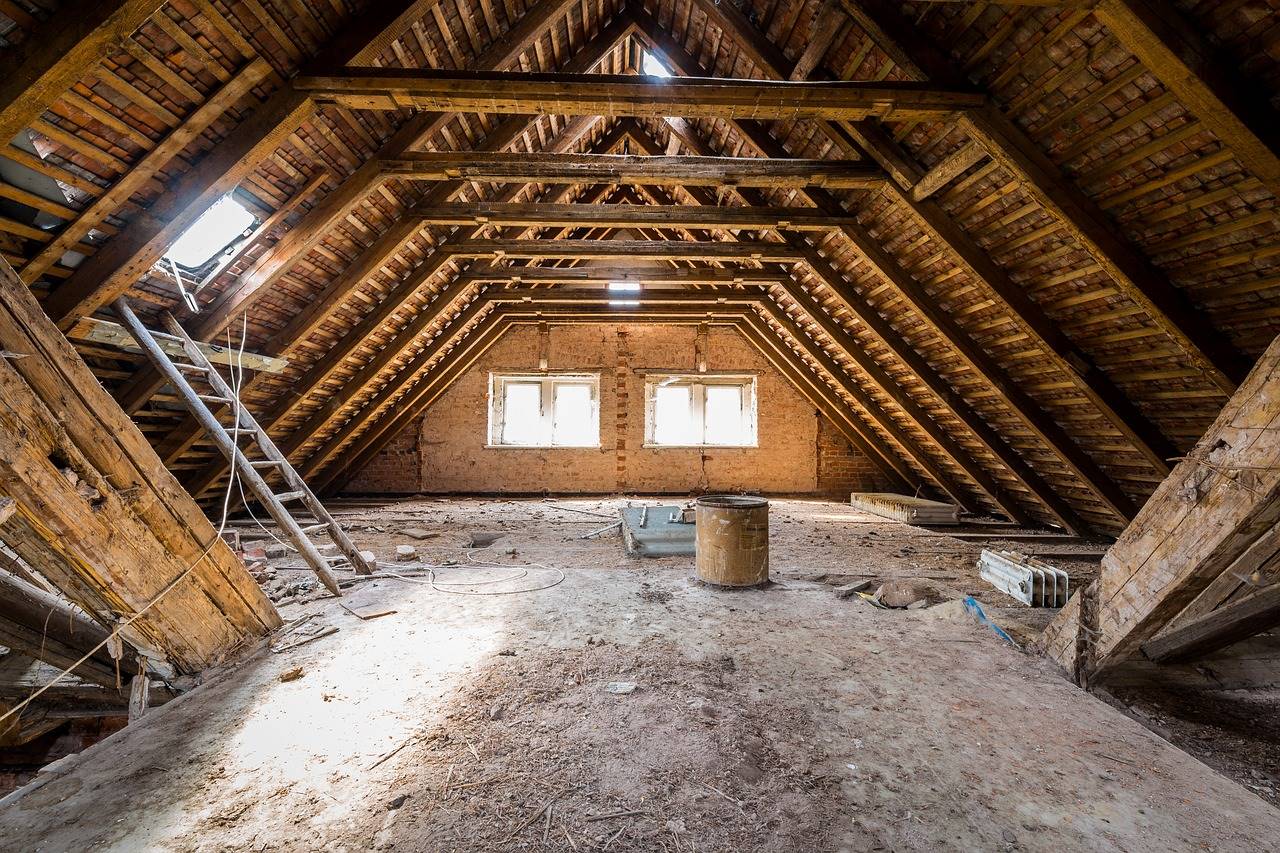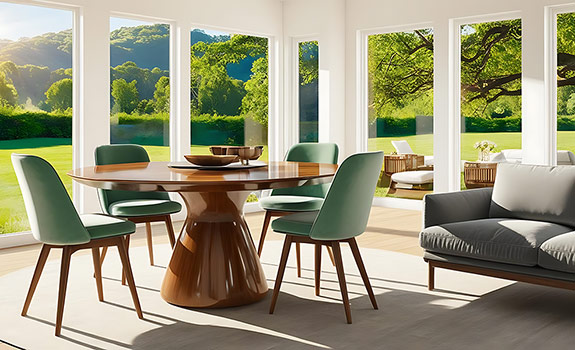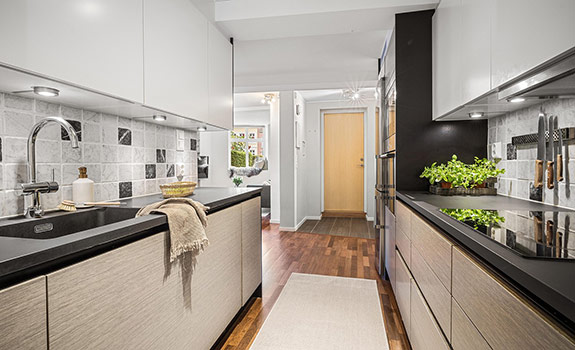When looking to get a bit more space in their home, most people would look to the attic if they have one. But it’s not always obvious where to start when converting the dark, possibly damp, and maybe even dirty spaces into warm and livable environments.
The first thing that needs to be considered is when you go up to your attic, are you alone?
Attics are common places for animals to take up residence. They are often dark and warm, with lots of boxes and other bits and pieces for rodents and other animals to make their shelter. Not to mention attics are the least used parts of the house, so any potential lodgers can be fairly certain that they won’t be disturbed as often.
To make sure you have no unwanted lodgers, clear out all of your belongings so you can get a view of the room itself. Often, while you’re moving the contents around you’ll notice things like rodent droppings, chewed-up cardboard, holes chewed in the wood, or ripped out insulation. When handling any potentially contaminated material or cleaning up droppings, always wear gloves to prevent transferring it onto surfaces used for food. If you do have an infestation, call a pest control professional immediately.
Assuming the unwanted guests have been evicted, you need to then make sure that you plug up any existing openings to prevent any more from moving in. Usually, it’s fairly easy to figure out how they made their way in, but sometimes it can take some extra snooping.
It’s not actually a given that your attic can be converted into a habitable space. Most areas have a minimum head clearance to classify a space as habitable. To avoid any heartache later, look up your local building codes to see if your attic classifies. Once you have the go-ahead in terms of clearance, you need to make sure that once you have all your beautiful furniture up there, the floor isn’t going to collapse. The best way to figure this out quickly is to call a professional for a full structural analysis.
So you have a clean space with enough headroom, that isn’t going to collapse under the weight of your sofa. Excellent! Now you can turn it into a space where you actually want to be. First, you need good light and good ventilation, and happily, these can both be achieved by the same thing.
Depending on the structure of your attic, you’ll want to get as much light in there as possible, to stop it feeling claustrophobic. Attics are typically quite small spaces, so lots of natural light will make it seem bigger. If you have the budget, a dormer window is a great way of both increasing the light level, the fresh air, and the usable space in your attic at the same time.
Another point that often trips up the well-meaning DIY’ers, is the electrics. As with building codes, electrical codes differ depending on your area, so inform yourself of the restrictions you will be facing. Essentials such as carbon monoxide alarms and smoke alarms need to be connected to each other, in order to alert the whole house in the event of an emergency. Any new wiring you install needs to be safeguarded with circuit breakers.
Once all of that is out the way, you’re a little closer to turning that wasted space into the office/chill room/TV room of your dreams. Just one last tip: Whatever you do, make sure that the sofa you’re about to buy can actually fit up the stairs!









